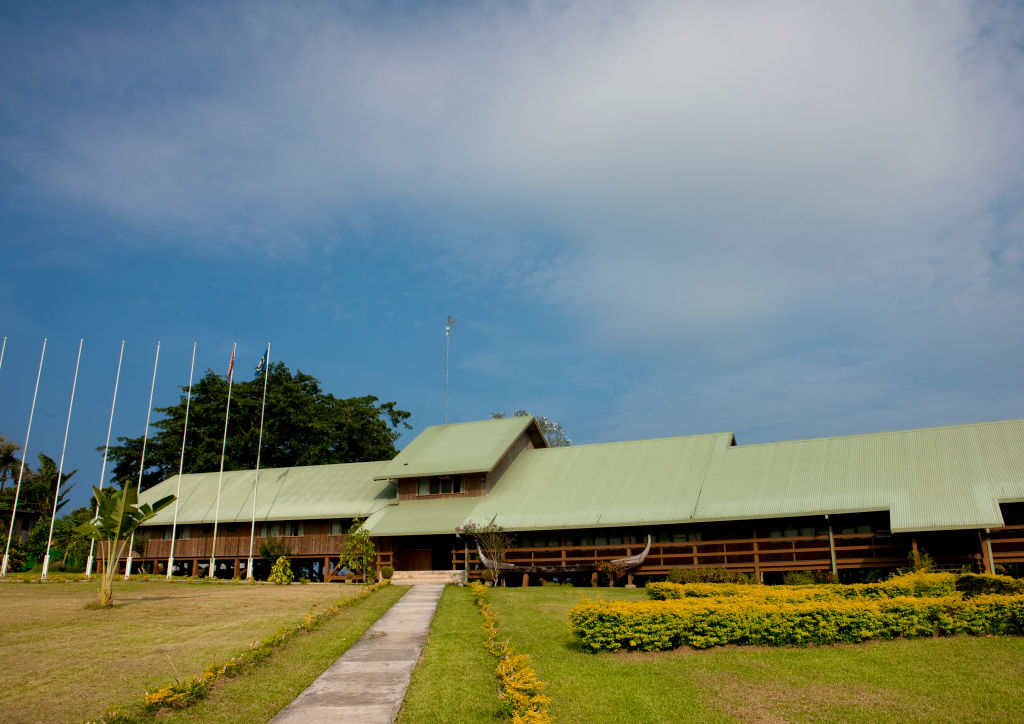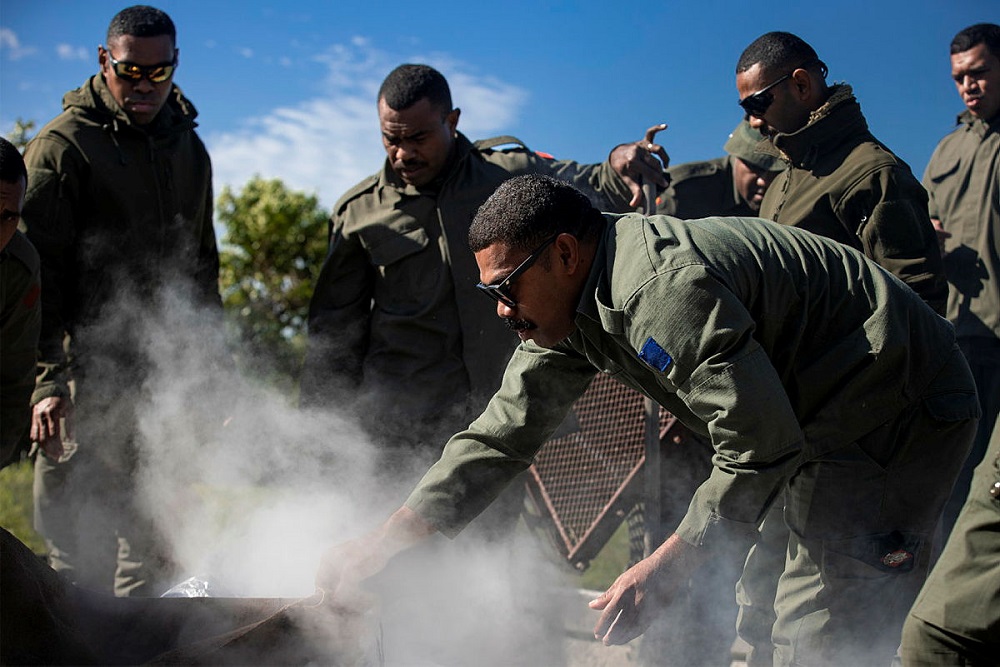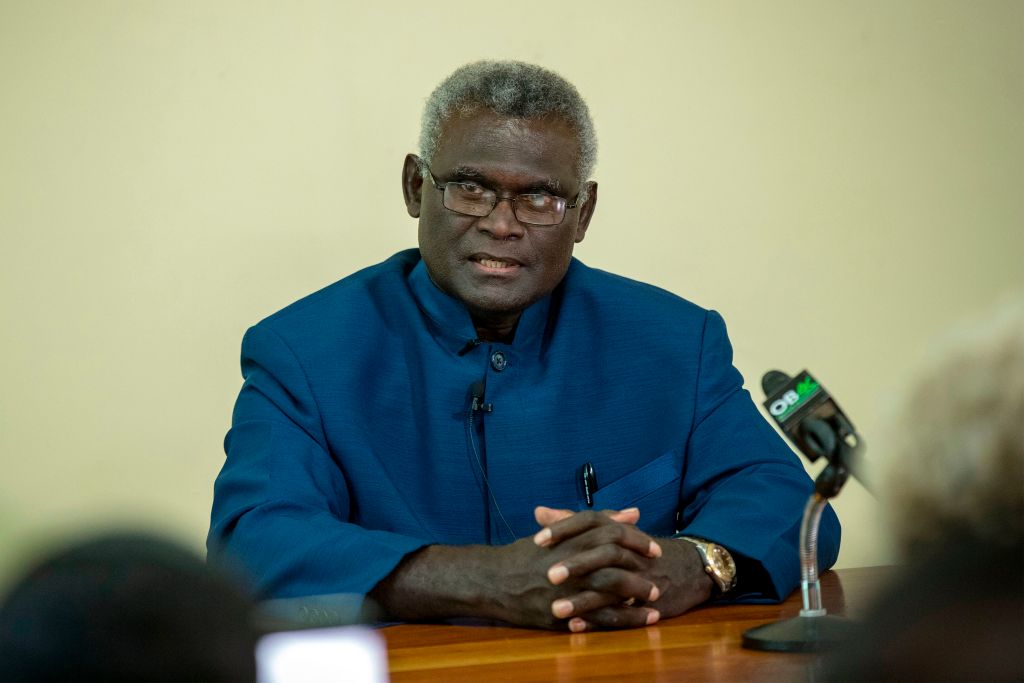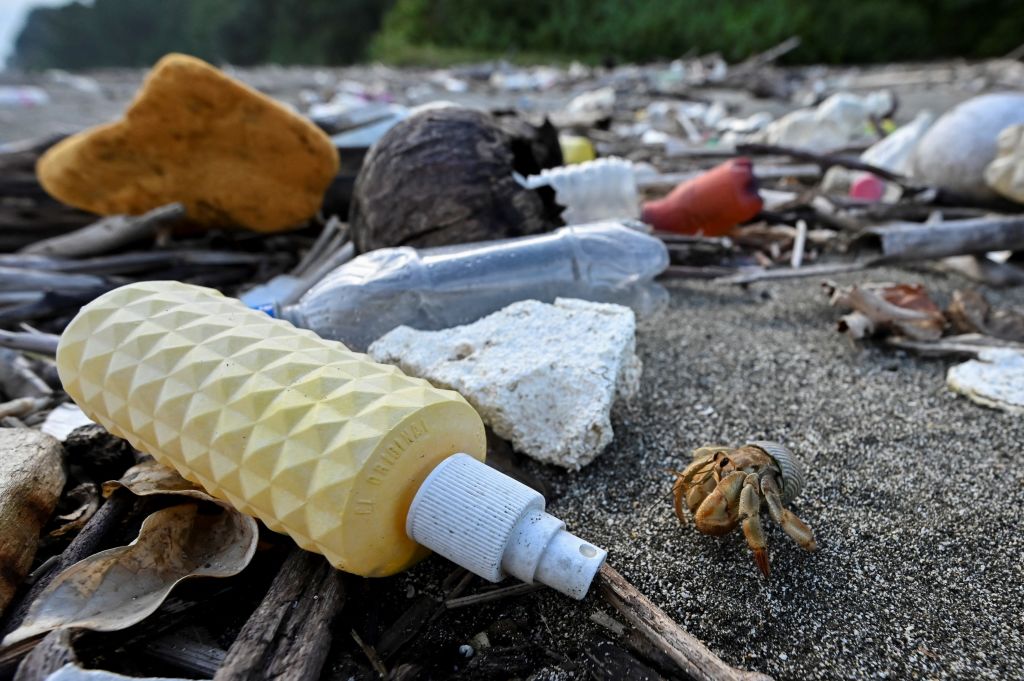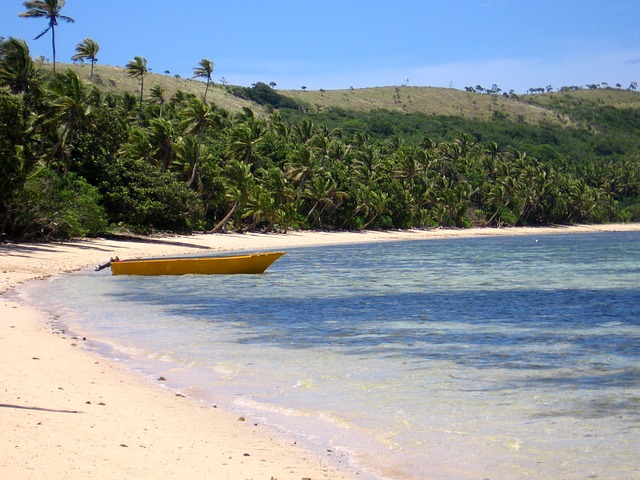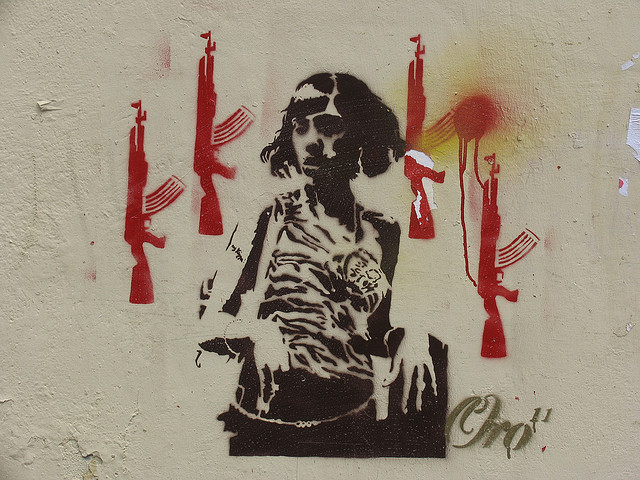Australia’s opportunity to help close the Pacific’s digital divide
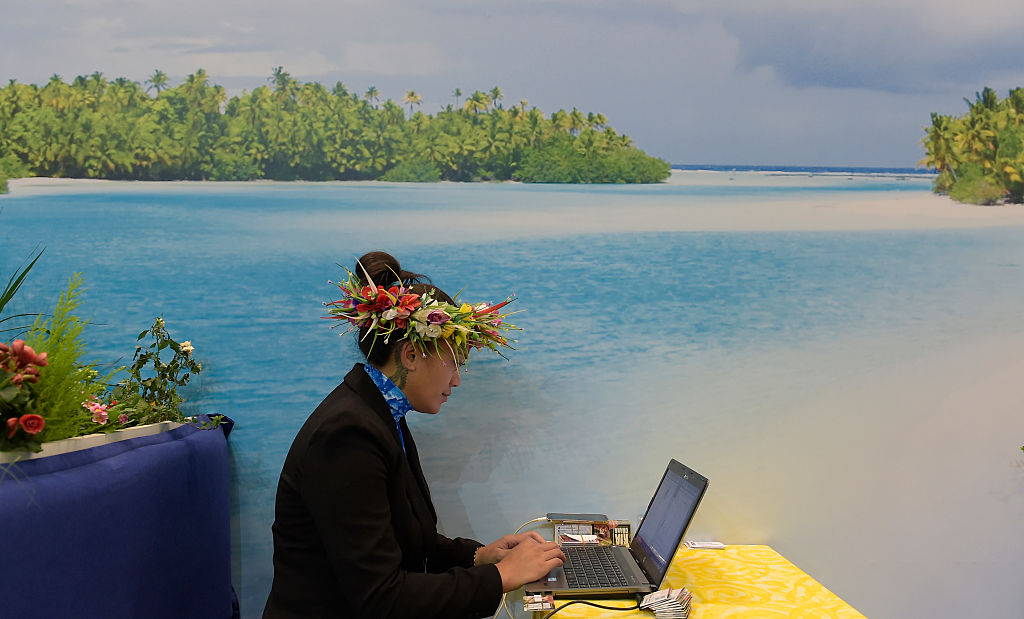
In 2011, venture capitalist and dot.com pioneer Marc Andreessen famously declared that ‘software is eating the world’. His argument was that services that had once been delivered via traditional means were rapidly being displaced by new software-enabled firms, like Amazon, Netflix and Spotify.
Andreessen took issue with market pessimists who looked at the rapid growth of second-generation tech companies like Facebook and who wrongly predicted another financial bubble was forming.
Instead, he argued, business was in the midst of ‘a dramatic and broad technological and economic shift in which software companies are poised to take over large swathes of the economy’.
More than a decade on, a shift no less profound is underway. Like with the software boom of the early 2000s, the rapid uptake of cloud computing services is transforming the digital ecosystem.
By some estimates, global spending on cloud services will reach nearly US$600 billion in 2023, and that is set to increase annually.
Companies are increasingly migrating their services to cloud operators, attracted by cheap operating costs, infinite scalability and on-demand computing power. But whereas the software boom transformed the digital economy, upending business models and giving rise to the tech titans of today, the cloud services revolution is reaching beyond the digital horizon and deep into our lives.
The Covid-19 pandemic gave us a glimpse of this.
Employees who once would have had no choice but to come to work, stayed at home—juggling schooling with Zoom calls. Businesses shed office space and expensive in-house ICT capabilities in favour of laptops and off-the-shelf professional services. And an increasing array of services, from food delivery to data storage to e-government, was presented to us, safely, efficiently and cheaply online.
The benefits of this new phase of digital growth have been profound, but also profoundly uneven. Too much of the world lacks the digital infrastructure required to make full use of these opportunities.
In the Pacific, this digital shortage is particularly acute.
The tyranny of distance and lack of market size mean Pacific nations must for the most part rely on Australia and New Zealand to host their data and provide digital capability.
Ironically, that distance and small, dispersed populations make access to cloud services especially important. Robust cloud infrastructure gives developing economies an asymmetrical advantage, allowing them to compete in the digital marketplace with larger, more advanced economies.
But when those nations lack robust infrastructure, the implications can be profound, as when Tonga’s massive volcanic eruption in January 2022 cut the internet for days. The humanitarian impacts aside, the disaster forced Tonga to relinquish control over its sovereign information.
In the Pacific, round trips to core infrastructure in Australia or New Zealand can exceed 500 milliseconds, compared with latency as low as 150 milliseconds between Sydney and the West Coast of the United States. High latency makes it impossible to build a mature and independent digital ecosystem. The result is a rudimentary digital capability, prone to disruption and inimical to growth.
For businesses, this is stultifying.
A decade ago, Andreessen reasoned that the software boom of the mid-2000s was driven by the growth of smartphones and the mass rollout of broadband internet. It relied on the existence of a vast digital infrastructure, which in turn fuelled a new wave of tech-based entrepreneurship.
Entrepreneurship in the modern age will require a new bedrock of digital infrastructure.
In a 2021 working paper, the Asian Development Bank wrote that cloud computing was emerging as the foundational infrastructure for building nimble, highly scalable and digitally enabled firms.
The bank wrote: ‘It is imperative for governments to consider the availability of baseline infrastructure and foundational elements for a digital economy, which enable the emergence of agile, resilient, and competitive tech start-ups, powered by cloud computing.’
Ubiquitous access to the cloud is vital if this digital divide is to be closed. If it is not, disparity and inequality will only grow.
In the absence of jobs and opportunity, the Pacific’s best and brightest will not stay. And foreign businesses will not invest if the digital infrastructure remains fragile and prone to disruption.
Developing economies like India and the Philippines successfully leveraged the benefits of cloud platforms, attracting millions in multinational investment and allowing them to grow their service sectors.
The island states of the Pacific must do the same.
There are no easy solutions. Major cloud service providers like Amazon and Microsoft see a business case for building data centres in the Pacific. They recently built a US$5 billion data centre in New Zealand following, in part, the growth of accounting software Xero.
Pacific island states will be forced to embrace other solutions, like public–private cloud models that serve the region as a whole—thereby providing the necessary scale to be viable—while ensuring sovereign data remains onshore.
At a time when the Australian government is looking to redouble its diplomatic efforts in the Pacific, the provision of this digital infrastructure is an obvious way to make a big impact quickly. A failure to invest in this critical capability will have long-reaching social and economic consequences.
It could also have strategic implications.
If Australia and its allies do not help the Pacific island states make this digital transformation, other, less scrupulous operators will move quickly to fill the void.

